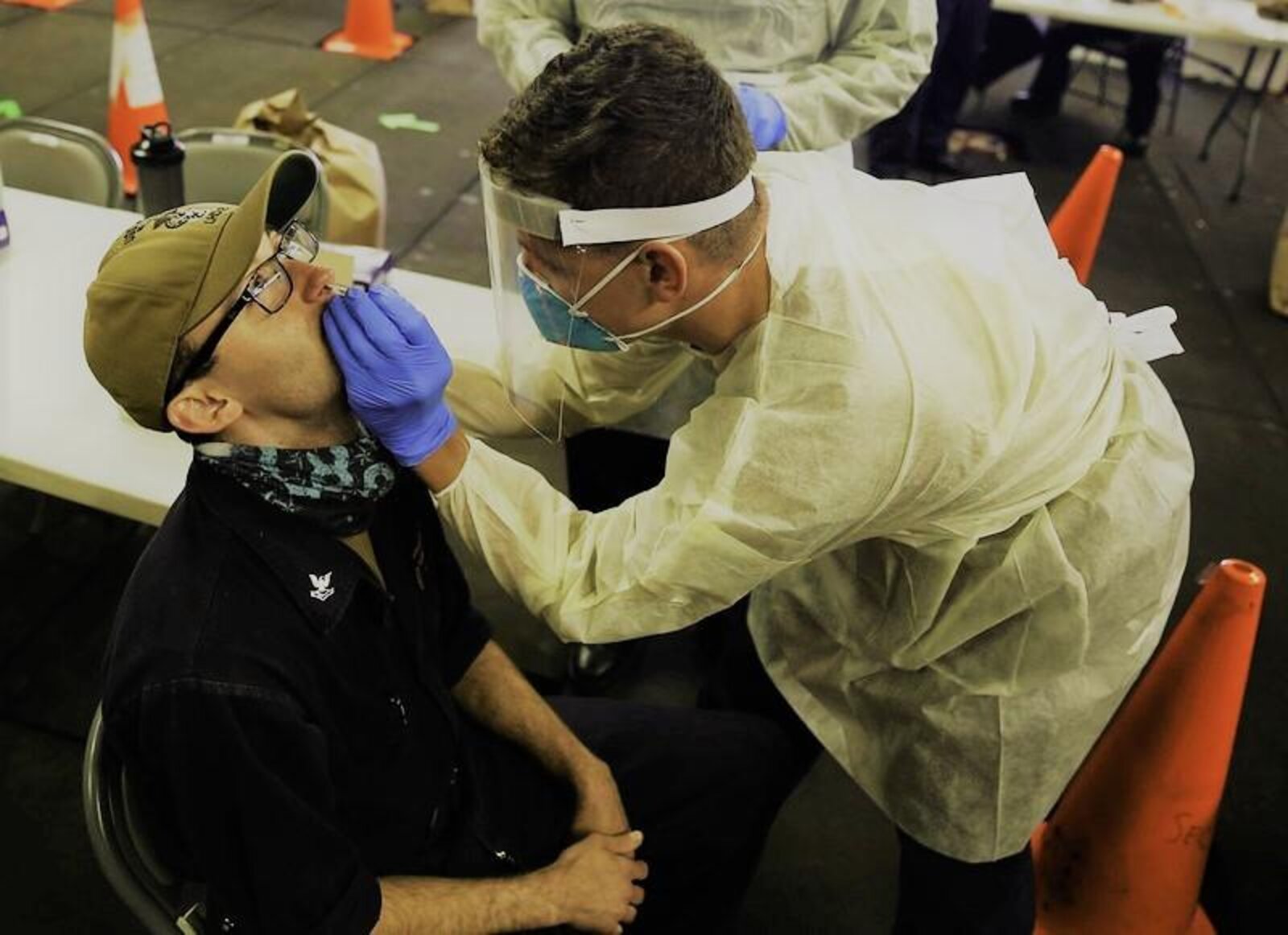
Understanding the USA coronavirus deaths: Are these numbers serious?
More than 200,000 COVID-19 cases were reported in the U.S. on Nov. 28th alone, the spike coinciding with the end of Thanksgiving break when many travelled across the nation to visit loved ones for the holiday season. This COVID count was an all-time high record and came just a few weeks after America announced an already high surge of 100,000 new cases per day on Nov. 4th.
Despite such shocking numbers, it seems the debate on the severity of COVID-19 continues to rampage and spread quicker and stronger across the country than any virus. So are these statistics as serious as everyone is making it out to be? Let’s take a look at the facts.

Death rate compared to the flu
Individuals who don’t believe coronavirus is as serious as the world is making it out to be often look to the death rates of COVID-19. Fortunately, the mortality rate for COVID-19 is particularly low – even comparable with the seasonal flu.
However, Johns Hopkins Medicine reported that in America alone, “268,103 people have died of COVID-19 between January 2020 and December 1, 2020”. Across the world, approximately 1,470,769 cases of death have been reported from this virus.

So although many claim coronavirus is equally deadly to the common flu, the World Health Organization actually estimates that 290,000 to 650,000 people die of flu-related causes per year around the world, making this number a lot lower than reported deaths from COVID-19 so far.
Wexner Medical estimated that, “The death rate for flu – usually about 0.1% – is thought to be many times lower than for the coronavirus. The current best estimate for the coronavirus is 1%”, which makes COVID-19 about ten times more deadly than the flu.

Long term effects
Aside from analyzing the COVID-19 death rate, another incredibly crucial perspective to consider relates to the long term effects experienced by individuals who have recovered from COVID-19. Many survivors encountered problems with their heart, lungs, and their overall mental health.
Hackensack Meridian Health announced that, “A recent study from the University of Frankfurt in Germany showed abnormal heart findings in more than 75% of people studied who had recently recovered from COVID-19. A considerable majority of patients in the study were found to have had inflammation in the heart and muscle lining.”
Harvard Health discussed COVID-19’s possible lasting impact on the nervous system, saying, “Doctors in a large Chicago medical center found that more than 40% of patients with COVID showed neurologic manifestations at the outset, and more than 30% of those had impaired cognition. Sometimes the neurological manifestations can be devastating and can even lead to death.”

Medical News Today also announced that twenty to thirty percent of those hospitalized from coronavirus have developed problems with their heart muscles according to a study from June 2020.
In mild to moderate cases, there are also people nicknamed “long haulers” who have had the virus in their system for weeks or months before finally recovering. The WHO reported that young people are just as likely to experience this drawn-out illness and claimed this happened to twenty percent of those aged 18-34 in a telephone survey. COVID-19 symptoms include chest pain, extreme fatigue, loss of taste and smell, vomiting, and much more.
Looking beyond COVID-19 mortality rates, it’s relevant to note that survivors of the virus are still suffering from some pretty serious long term side effects. As of now, experts claim it is still too early to tell just how severe the long term damage of this virus is.

U.S. compared to other countries
Despite whatever you may believe about coronavirus, it’s factual to conclude that daily statistics expose America’s failure to contain the spread of COVID-19, making it one of the worst country responses.
So far, over 13 million infections and 271,000 deaths have been reported in the nation since the beginning of the pandemic. This statistic puts the U.S. at the top of the list as the country with the most cases and deaths. Business Insider reported “In cases per capita, the U.S. ranks ninth in the world (excluding countries, territories, and microstates with populations with under 1 million).”

Conclusion
As of now, the U.S. Centers for Disease Control and The World Health Organization urges citizens to help stop the spread of COVID-19 by social distancing, washing your hands regularly, and wearing face masks when around others outside of your home.
Whichever way Americans decide to look at this issue, there’s no way to deny how coronavirus has negatively impacted millions of people all across the world in some shape or form. Looking over the statistics, we conclude coronavirus truly is severe and something every nation should take seriously.



